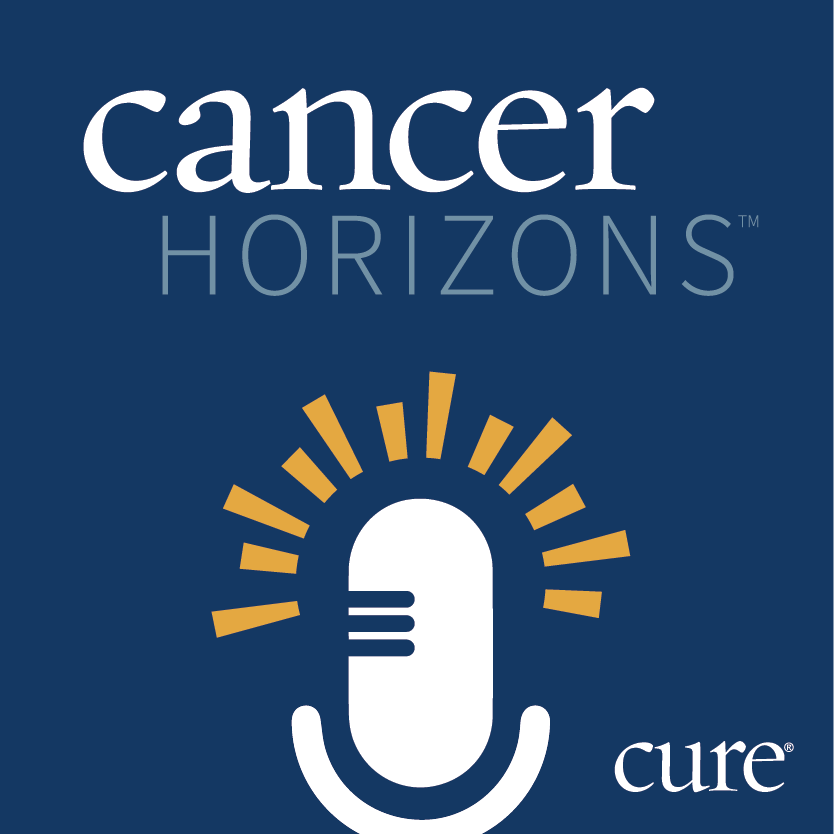News
Video
Breaking Down The Use of Rina-S in Advanced Ovarian Cancer
Dr. Elizabeth K. Lee discusses the RAINFOL-01 clinical trial evaluating treatment with Rina-S in advanced ovarian cancer.
Rinatabart sesutecan (Rina-S) is an antibody-drug conjugate that targets folate receptor-alpha (FRα) and delivers a TOP1 inhibitor directly to cancer cells, according to a press release, which went on to note that in the phase 2 RAINFOL-01 clinical trial, Rina-S demonstrated antitumor activity in patients with advanced ovarian cancer who had received multiple prior treatments.
Updated findings from RAINFOL-01 showed that patients treated with Rina-S at a dose of 120 milligrams per square meter experienced a confirmed objective response rate of 55.6%. The median duration of response had not yet been reached at the time of analysis. These results were observed regardless of the level of FRα expression on the tumor cells.
Notably, FRα is a protein commonly found on the surface of cancer cells, according to the National Institutes of Health, and is produced by the FOLR1 gene, serving as a useful target for therapies that aim to attack cancer cells.
In an interview with CURE, Dr. Elizabeth K. Lee, a medical oncologist and physician in the gynecologic oncology program at Dana-Farber Cancer Institute, in Boston, dives into the data and what this means for patients.
Lee also serves as the gynecologic oncology program's liaison to the Center for Cancer Therapeutics Innovation at Dana-Farber Cancer Institute, and is also an instructor in medicine at Harvard Medical School.
Transcript:
We are all very encouraged by the preliminary activity of Rina-S within the dose expansion cohort of ovarian cancer patients in RAINFALL-01 — I know there are many different names and trial numbers. This preliminary activity has led to Part C of RAINFALL-01, which is a roughly 100-patient dose expansion specifically in patients with platinum-resistant ovarian cancer.
It's important to note that if a patient has a folate receptor alpha expression level that meets the criteria for receiving Elahere [mirvetuximab soravtansine], they are required to have received it. I think this also touches on a recurring question in the antibody-drug conjugate space regarding the sequencing of different antibody-drug conjugates.
[Looking] back to 2024 [conference data], we noted a handful of patients who had received Elahere and had had target lesion reductions and responses with Rina-S. Certainly, having many more patients, hopefully around 100 patients in Part C of RAINFALL-01, with hopefully many more having received Elahere, will help bolster that data. Then, we'll get a better idea of the activity of Rina-S even in the post-Elahere setting.
Part C of RAINFALL-01 is currently enrolling and is active at multiple sites, although it is not yet fully enrolled. The data from Part B1 has also informed the randomized phase three trial that you just mentioned. This randomized phase three trial will study Rina-S at a dose of 120 milligrams per meter squared compared to investigator's choice chemotherapy. It will be a 1:1 randomization, with patients assigned to one treatment arm or the other. This will be a fairly large study, and hopefully, we will get the clearest sense of the activity of Rina-S from it.
For more news on cancer updates, research and education, don’t forget to subscribe to CURE®’s newsletters here.





